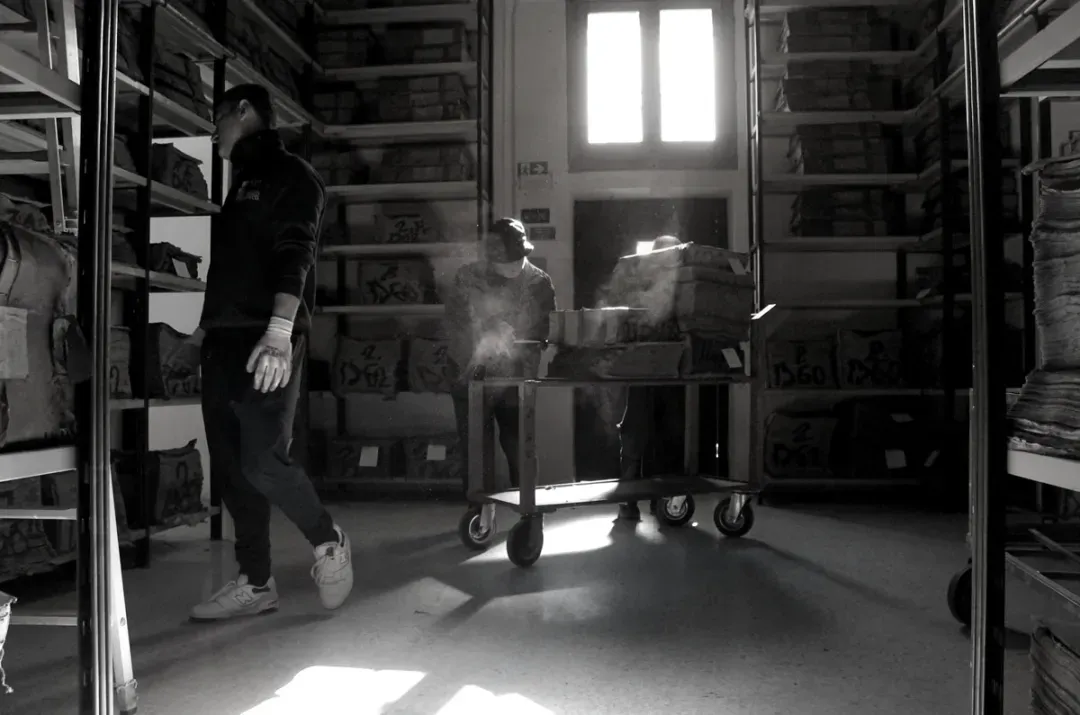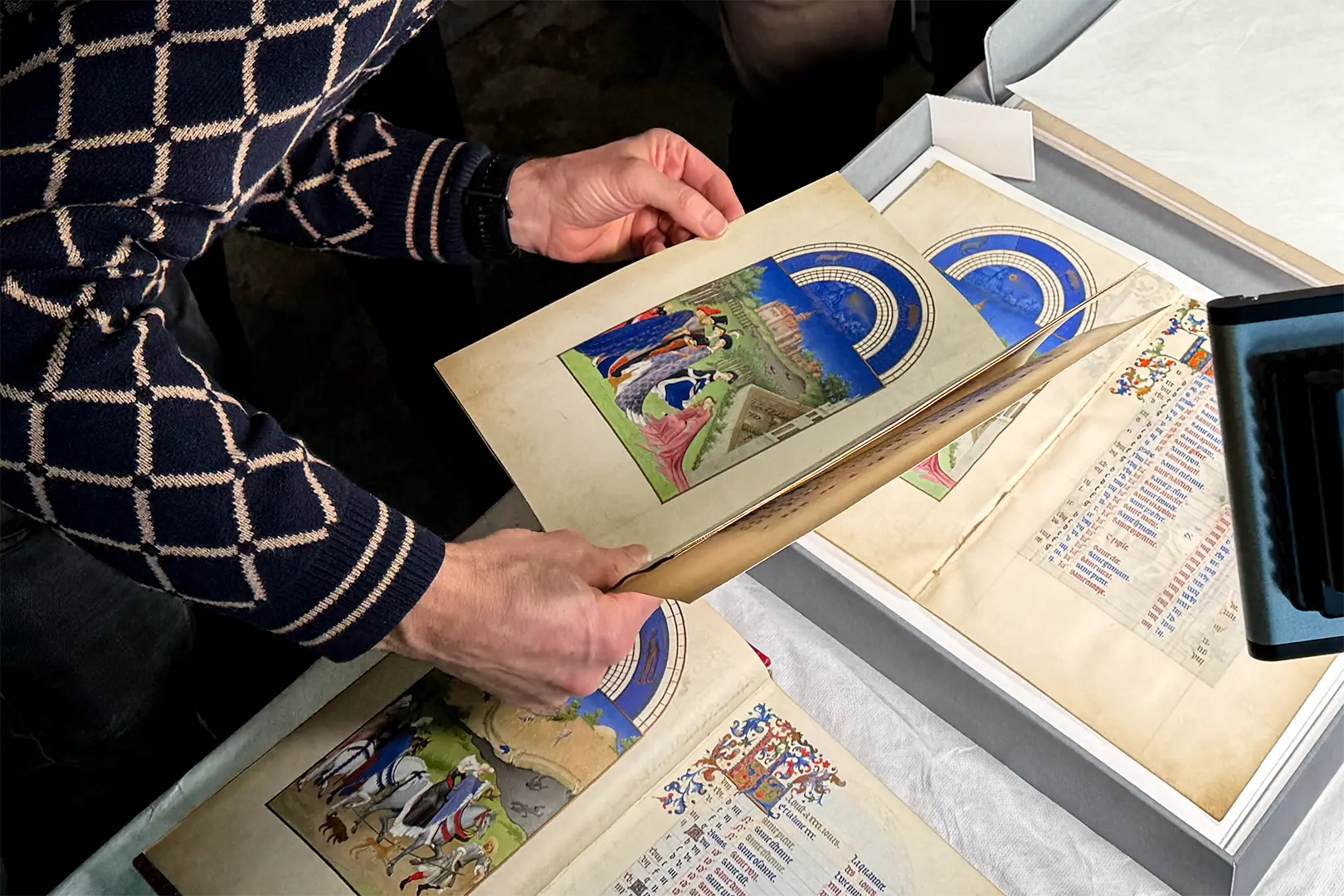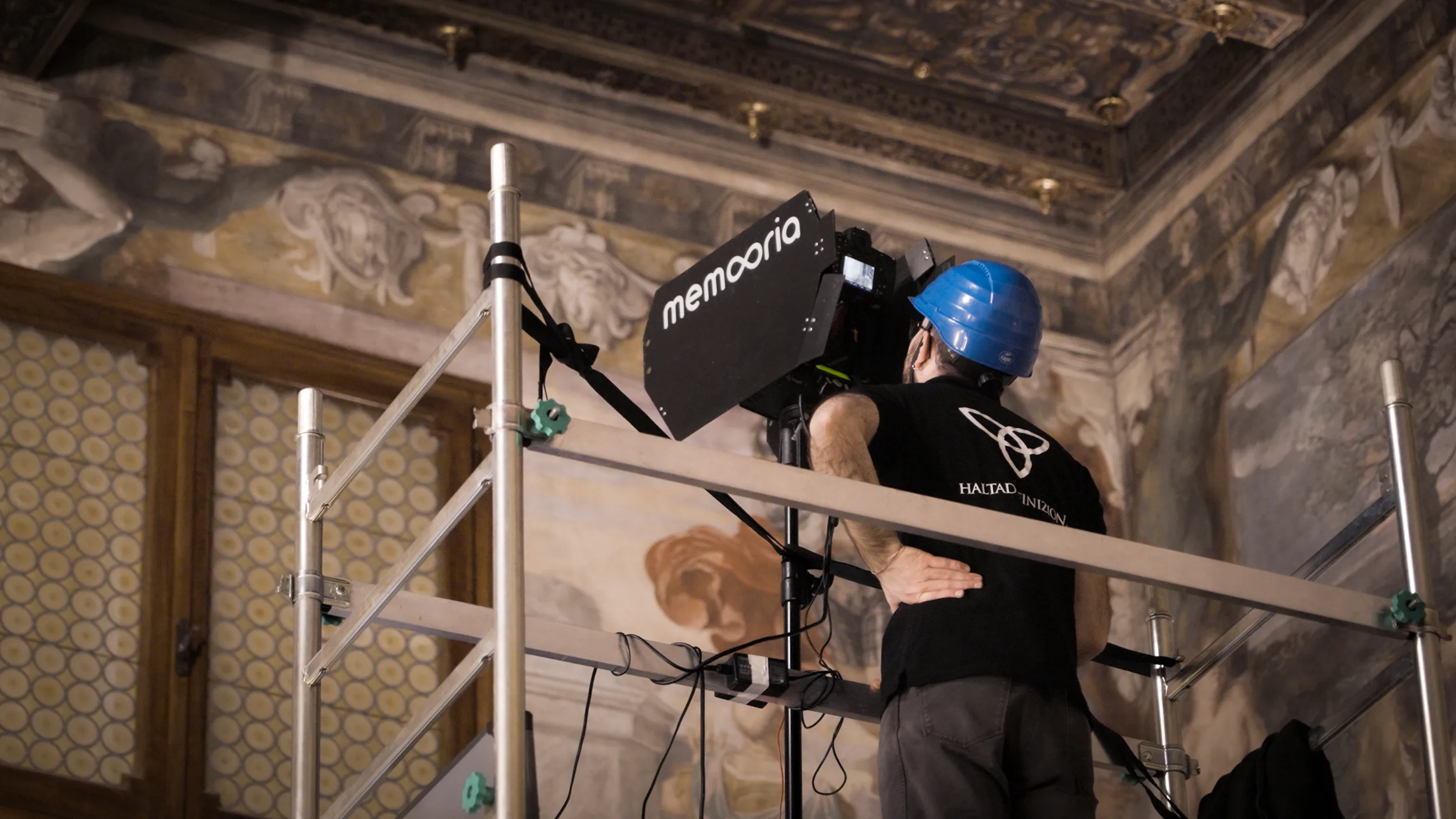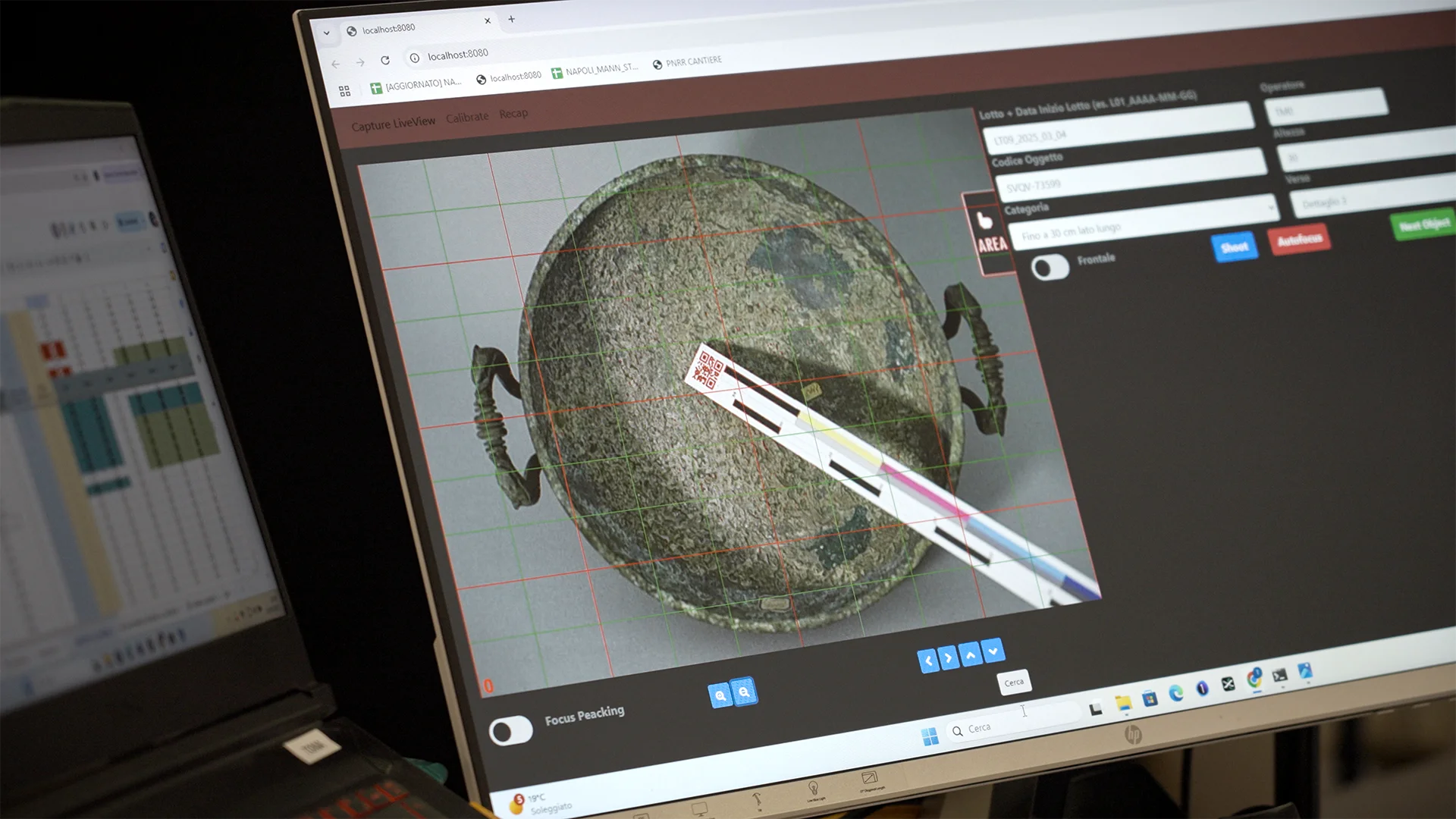The Historical Archive of the Banco di Napoli is the custodian of a unique cultural heritage. With the release of Archive Stories, a 12-episode podcast series, historical documents are transformed into engaging narratives. The Archive, now finally accessible to an even wider audience, is a treasure trove of names and stories that span five centuries of economic and social history in southern Italy.
The podcast is a production of Gruppo Panini Cultura, the Banco di Napoli Foundation and the Italian news agency ANSA. It is another step forward for the Gruppo Panini Cultura in their mission to promote the cultural heritage by using the most up-to-date tools and communication channels to find new horizons for the arts.
The great writer Maurizio De Giovanni narrates the first episode and also the seventh, where he voices the role of the “Giant” of Palazzo Reale.
The scripts are written by Nunzia Sarnelli, with archival and bibliographic research by Benedetta Castronuovo. Voice actors Debora Sacco and Michele Buonocore bring the episodes to life. Each one takes listeners to iconic locations, with unforgettable characters and untold stories. The first three episodes are already available, with new releases every week until March 24.

Lucia Panini, co-founder of Gruppo Panini Cultura, has stated: “Archive Stories is a concrete example of how digitization and innovation can make culture more accessible. The entertaining nature of the storytelling format is an easy way to reach out to a broader audience, with subject matter that is usually reserved for experts.”
Funded by the European Union under the NEXT GENERATION EU – PNRR Digital Transition for Cultural and Creative Organizations program (CUP: 27J23002090008 – COR:15911948), the project marks a breakthrough in the promotion and accessibility of historical documents, not only by making them digital, but also inclusive. In fact, the entire podcast is also available in Italian Sign Language (LIS), thanks to the collaboration with Ente Nazionale Sordi.
With Archive Stories, the past no longer remains hidden in dusty archives. Instead, it gains a new digital life and becomes accessible to everyone, a bridge between history and future generations.
Coming next…

This episode tells the story of the first women employed at the Banco di Napoli: the “signorine” who, in the 1920s, defied the prejudices of a male-dominated world. From the minutes of the Bank’s Board of Directors emerge their battles to secure a basic right: the freedom to marry without losing their jobs. With passion and determination, these women won a crucial role, marking an era of quiet revolutions in which female talent and perseverance began to rewrite the rules.

Here we relive a fragment of the Great Italian Migration through the letters of Peppino, a young man who in 1907 left Italy to sail for America. The story is inspired by a newspaper clipping kept in the Banco di Napoli’s periodicals library, celebrating the opening of Peppino’s large fish market in the heart of Manhattan. Through his account, we discover the emotions, hopes, and challenges of millions of Italians who, like him, turned sacrifice and courage into new beginnings across the ocean.

This episode tells the story of Ninella, an Italian immigrant who in 1911 wrote to her grandmother to describe her new life in America. Inspired by documents in the Banco di Napoli’s periodicals library, the narration takes us to Harlem’s street festivals, the procession of Our Lady of Mount Carmel, and the difficulties of raising Italian children in a foreign land. Ninella shares an intimate and nostalgic story, between traditions carried from home and new challenges, showing the resilience of those who turned an unknown country into their own.

In this episode, writer Maurizio De Giovanni gives voice to the Giant, the colossal statue that for centuries stood guard at the Royal Palace of Naples, becoming a symbol and the voice of the people. The story is based on 1807 documents from the Banco di Napoli Archive recording payments to Angelo Pecoraro for the statue’s removal. From the rule of the viceroys to the Revolution, the Giant witnessed both historic events and small acts of resistance, turning into an emblem of Naples’ strength and dignity.

This episode recounts the story of Giovan Francesco Pomarico, a young patient at the Ospedale degli Incurabili — one of Naples’ oldest psychiatric institutions — and of the legendary “Mastro Giorgio,” a controversial figure who inspired Neapolitan folklore. Based on payment records issued to Dr. Giorgio Cattaneo for the care of “mad” patients, the story takes us into the folds of old Naples, bearing witness to human fragility and to the complex history of psychiatric care in the city.

In this episode it is Parthenope, the mythical soul of Naples, who speaks. Identifying with Castel dell’Ovo, the symbolic site of her refuge, she recounts the history and transformations of one of the city’s most iconic landmarks. The narration draws on documents from the Banco di Napoli Archive recording centuries of work on the castle. From Virgil’s enchanted egg to Lucullus’ glory, from Norman towers to the ambitions of the viceroys, the mermaid guides us on a unique journey between history and legend.

This episode tells the extraordinary story of Eleonora Pimentel Fonseca, a leading figure in the Neapolitan Revolution of 1799. Inspired by documents attesting to payments she made to the Marchesa Sifola and her husband Marcello for the rent of the small apartment where she wrote Il Monitore Napoletano — the first political newspaper written by a woman — the story shows how Eleonora spread the principles of social and political equality, turning her pen into a weapon of struggle and vindication.

In this episode we give voice to Angela D’Acunzo, documented in the Archive and a silent witness to the birth of Pulcinella, the mask that made Naples famous worldwide. Wife of Silvio Fiorillo, the brilliant creator of the character, Angela takes us behind the scenes of the Commedia dell’Arte, revealing not only the genesis of Pulcinella but also the creative process behind one of Italian theater’s most iconic figures.

From the “scribbles” found in archival documents, absentmindedly drawn by clerks to escape the tedium of office work, comes the story of Gennaro Paparone, a young employee of the Banco dei Poveri. Through his eyes we discover daily life at the Bank, between ledgers, numbers, and payment records. With irony, Gennaro shows us the crucial role of public banks and how imagination could sometimes become an unexpected act of survival.











